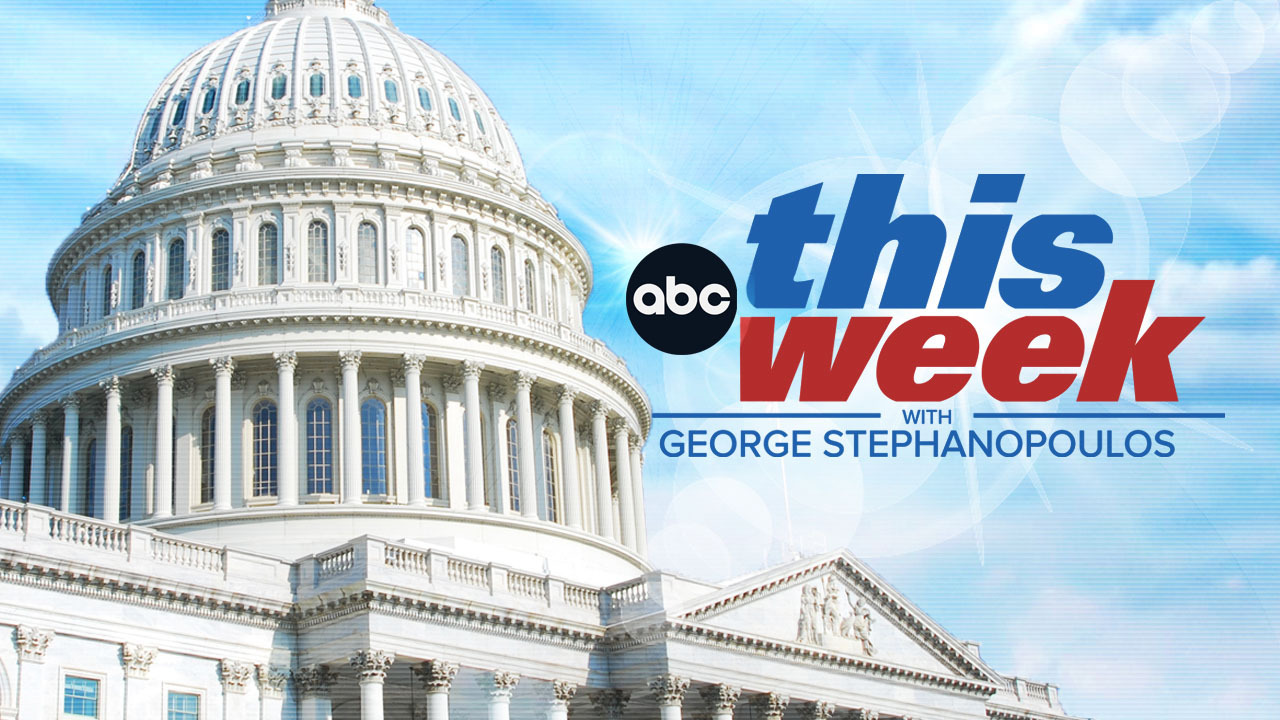WHEN: Today, Tuesday, January 30, 2024
WHERE: CNBC’s “Power Lunch”
Following is the unofficial transcript of a CNBC exclusive interview with JetBlue COO & Incoming CEO Joanna Geraghty on CNBC’s “Power Lunch” (M-F, 2PM-3PM ET) today, Tuesday, January 30. Following is a link to video on CNBC.com: https://www.cnbc.com/video/2024/01/30/jetblues-incoming-ceo-joanna-geraghty-on-company-guidance-merger-appeal-and-growth.html.
All references must be sourced to CNBC.
PHIL LEBEAU: Hi, Contessa. Yes, let’s bring in Joanna Geraghty, who will be CEO of JetBlue, I think in the middle of February. Joanna, I’m glad you’re joining us today. I want to talk about Spirit in just a bit. But, first, I want to talk about your guidance for Q1. You guys are expecting revenue to be down, I think, 5 percent to 9 percent, a little greater than what the Street is expecting. Your capacity is going to be limited, at least in the first half of this year. How much of that is because of the geared turbofan issues with those engine issues that is hurting your ability to fly certain aircraft?
JOANNA GERAGHTY: Thanks, Phil. And it’s nice to see you. Maybe I will just highlight we’re really pleased with how we ended the last quarter. As we step into Q1, we are under some pressure from a capacity perspective. The geared turbofan engines are most certainly impacting that. We will see about 5 to 7 aircraft on the ground this year, which will lead to a year where we do have reduced capacity. When you think about the revenue side of the house, I view it as sort of a tale of two halves. The first half of the year, we’re comping against some pretty challenging — a pretty aggressive revenue environment last year, a lot of pent-up COVID demand. Second half of the year, we think that will ease, and we should see some meaningful improvements, hopefully ending the year around flat.
LEBEAU: All right, let’s talk about the proposed merger with Spirit. You guys, meaning JetBlue, and your counterparts at Spirit have filed for an expedited appeal on the judge who blocked the proposed merger. Why do you believe an appellate court will come to a different conclusion than the first time around in court?
GERAGHTY: You know, we strongly disagree with the lower court’s decision. Our hope is that the First Circuit will recognize some of the challenges that that decision presents. At the end of the day, JetBlue and Spirit are two small airlines trying to combine to become a bigger one in this world where there are four very large legacy carriers. So we’re hopeful that the judge does reverse or that the Court of Appeals does reverse that lower court decision, and we will move through as needed.
LEBEAU: You know, the narrative among investors is that the DOJ blocked this and you’re unlikely to get this reversed on appeal. And I know you disagree with that. But what do you say to investors who look at this and say, look, you took your shot, you took your best shot, and the judge has said, this is just not good for competition?
GERAGHTY: Sure. I think the way I look at it is, we have two paths. We will continue to pursue the Spirit merger. We will continue to appeal that, meet all the obligations that we have under the merger agreement with Spirit. At the same time, we need to be realistic and have a plan B. And so we’re focused on our plan B. Spirit was all about accelerating JetBlue growth, accelerating the JetBlue experience, bringing it to more places, more people. Our plan B will do just that, but it’ll do it on a bit of a slower pace. We have got a great product, great service. We operate in some very, very strong markets, New York, Boston. And we need to redouble our efforts around our organic plan, restore profitability. That has got to be our goal. And focus on the fundamentals and the basics of this business.
LEBEAU: Let’s talk about that plan B. A big part of what you talked about on the analyst call today was driving greater revenue. I think $300 million is what you guys outlined, in part largely because of growing ancillary revenue, getting more from your customers, if you will. How do you plan to do that?
GERAGHTY: Correct. Yes, we have $300 million of revenue initiatives. There are 15 million discrete initiatives within there. A number of them focus on how we segment the cabin, making sure that we’re delivering the right product to the right customer at the right price. We have a product that meets a lot of different customer segments from the more price-sensitive customer to the premium customer. We can better monetize the cabin. We can better segment the cabin. And we can better merchandise on how we sell our seats on the cabin and the products that we do offer.
DOMINIC CHU: Joanna, it’s Dom here. You mentioned the segmenting of the cabin. There is an identity issue that has been talked about with regard to JetBlue vis-a-vis the Spirit Airlines merger. And that is, if you buy Spirit and take them off the market, that there are fewer lower-cost options around. JetBlue 10 years ago, 15 years ago, for me, was a low-cost carrier I could go to find a cheaper fare to get to where I wanted to go. These days, JetBlue looks more like a full-service airline, Mint class, full-class, first-class reclining seats. The price points are very similar to American, Delta, and everybody else out there. Do you feel as though that identity of JetBlue is one of the hindrances to why the Spirit Airlines deal is facing so much regulatory scrutiny?
GERAGHTY: You know, I don’t. One of the arguments that we have tried to illustrate is that we have a suite of products across the cabin. We have a basic economy product that competes very well with Spirit and the ultra-low-cost carriers. It’s definitely targeted to the more price-sensitive customer. We also have the Mint product. Our view is long been that you can have low fares and great service and a great product offering. We continue to believe that to be true. And the way we have segmented our cabin, we think, speaks to offering products at different price points, including those for the price-sensitive customer, similar to what Spirit and some of the ultra-low-cost carriers offer.
CONTESSA BREWER: And it’s Contessa here, Joanna. If your focus is on returning to profitability, and that’s your priority, will that hinder the investments that you make in expanding routes and international and opening up new markets?
GERAGHTY: The way I would look at is, we have got to make sure that every route earns its way into the network. We need to be far more selective where we fly in a world where we are not growing capacity. The Pratt-Whitney engine issue, as we have discussed, definitely challenges our ability to grow. And so, as we think about our network, we need to be laser-focused on ensuring that the markets that we do fly are driving margins for us. And you will see some changes across our network in that regard.
BREWER: Phil, thank you very much for bringing us Joanna. Joanna, it’s great to have you on “Power Lunch” today. Thank you for your time. Good luck.
GERAGHTY: Thanks. Thanks for your time.


